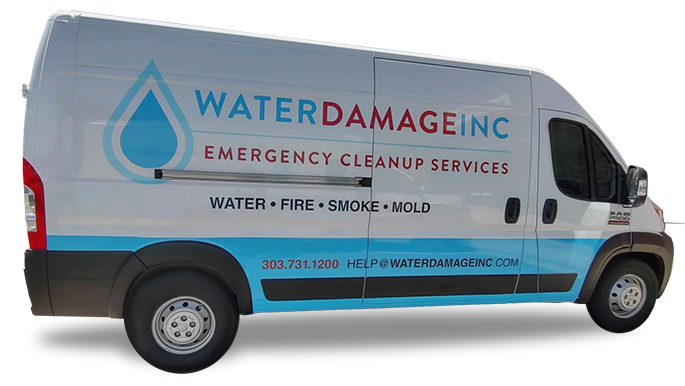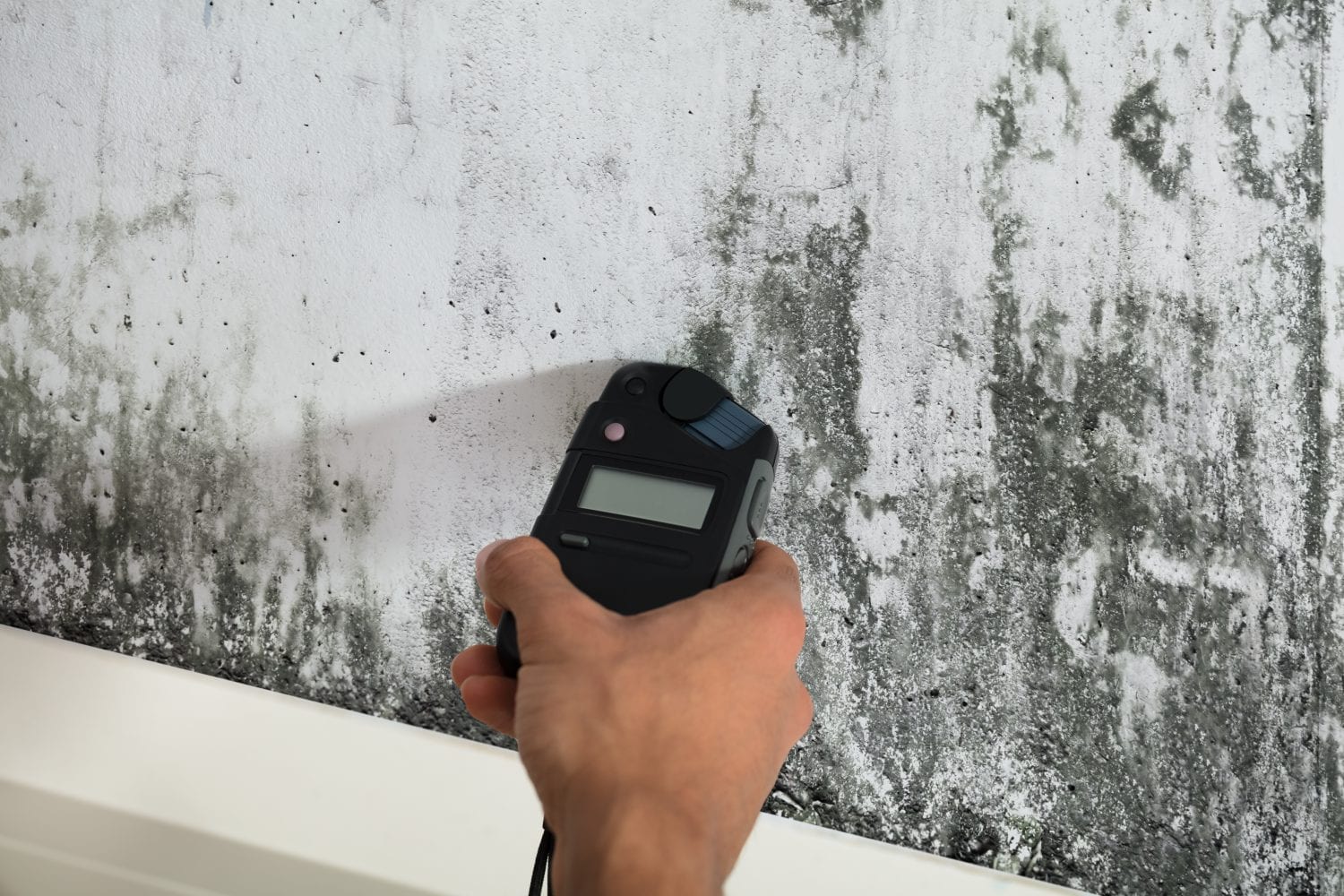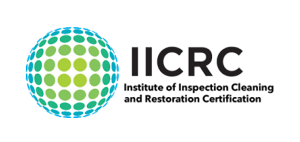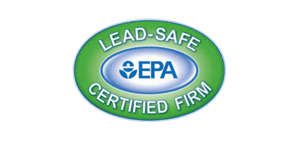Ever thought about mold hiding in your walls causing health problems? Many homeowners don’t know about the dangers of hidden mold. They might clean visible mold, but the mold behind walls could harm your health.
Mold inside walls can lead to health issues. Types like Aspergillus, Cladosporium, and Penicillium grow in damp places. They can cause breathing problems, eye irritation, and allergic reactions. Mold spores in the air can make people sick, leading to various symptoms.
Key Takeaways
- Mold can start growing within 24 hours after water damage, posing health risks.
- In up to 30% of U.S. buildings, moisture issues lead to mold, making homes toxic.
- About 21% of asthma sufferers see their symptoms worsen with mold exposure.
- Modern homes with tight construction trap moisture, raising the risk of mold growth.
- Good ventilation and controlling moisture can cut mold growth in homes by up to 80%.
Understanding Indoor Mold and Its Potential Health Effects
Indoor mold is a common problem in homes. Mold spores are everywhere indoors, and we can’t stop them all. It grows well in damp places with bad air flow. The Environmental Protection Agency (EPA) says to keep humidity below 60% to stop mold.
Mold can make people sick. It can cause mild problems like sneezing or serious issues like allergic reactions. People with breathing problems or weak immune systems are more at risk.
Indoor mold health effects can affect anyone. Symptoms include a runny nose, breathing trouble, and headaches. Long-term exposure can lead to serious health issues.
Black mold is especially dangerous. Black mold health risks include allergic reactions and infections in those with weak immune systems. It grows on cellulose-rich materials like paper and wood. About 10% of Americans have mold allergies, and black mold can make symptoms worse.
To fight mold, we need to manage moisture. The EPA recommends using dehumidifiers and fans. Cleaning regularly and fixing leaks also helps. For big mold problems, call a professional.
Knowing about indoor mold and how to prevent it is key. It helps keep our homes healthy for everyone.
Health Risks Associated with Mold Inside Walls
Mold inside walls can be very harmful to our health. It often goes unnoticed for a long time. Mold grows well in damp places or where there are water leaks.
This mold growth can make the air inside our homes very unhealthy. It’s a big problem because it’s hidden.
People with asthma or chronic bronchitis are especially at risk. Mold spores can make them cough, wheeze, and feel stuffy. Those who are prone to allergies are more likely to get mold allergies too.
Mold can also affect our brains and immune systems. Some molds, like black mold, can cause serious problems. These include brain issues and long-lasting sinus infections.
Also, mold can attract dust mites, making breathing problems worse. Buildings with too much humidity or bad air flow are more likely to have mold. This can damage the building and cost a lot to fix.
Getting rid of mold is very important. It needs to be found, stopped, and removed. This helps keep everyone in the building healthy.
Can mold inside walls make you sick?
Mold inside walls is a hidden danger that can cause health problems. Toxic mold in homes is especially dangerous. It can lead to various health issues.
Common symptoms of mold exposure include coughing, runny noses, and watery eyes. People with asthma, COPD, or weakened immune systems are at higher risk. They may face severe respiratory problems.
Mold spores can enter homes through windows or HVAC systems. This means many homes could be at risk. Symptoms like sneezing, itchy eyes, and headaches might indicate mold presence.
Being away from the affected area can help symptoms improve. Some molds, like Stachybotrys chartarum, can cause more severe issues. These include nausea and nosebleeds.
Basements are common places to find mold, leading to coughing and congestion. Mold can grow in the lungs of those with chronic respiratory conditions. However, it’s less likely to affect healthy individuals.
Farmers, due to their exposure to moldy hay, may also develop a persistent cough. This is because of mold spores.
Removing mold quickly is key to avoiding health risks. Professional help is often needed, especially for widespread mold. Dehumidifiers and air purifiers can help control mold growth.
It’s important to act fast since mold can grow quickly after water damage. This is within 24-48 hours.
A survey showed that about 30% of people in moldy homes have health issues. With 50% of U.S. homes having mold, being proactive is crucial. Mold symptoms can vary from person to person, with some reacting right away and others later.
Conclusion
Managing indoor mold is key for health safety and a good living space. Mold inside walls can release harmful substances into the air. This poses serious health risks. Symptoms can range from mild issues like a stuffy nose to severe problems like chronic lung issues.
People with asthma or weakened immune systems face even greater risks. They can suffer from severe health problems due to mold exposure.
To prevent mold, it’s important to be proactive. Regular checks, good ventilation, and quick fixes for water damage are crucial. Keeping humidity levels below 60% helps prevent mold. Using dehumidifiers can also help keep the air dry.
Addressing hidden mold quickly is also vital. Long-term exposure can lead to serious health issues like chronic respiratory diseases.
Health safety mold removal often needs a professional touch. This ensures a complete clean-up and reduces risks. With nearly 47% of U.S. homes dealing with mold or dampness, and about 21% of asthma cases linked to mold, professional mold remediation help is essential.
By improving indoor air quality and using effective mold management, we can protect our health. This way, we can stay safe from the dangers of indoor mold.






















